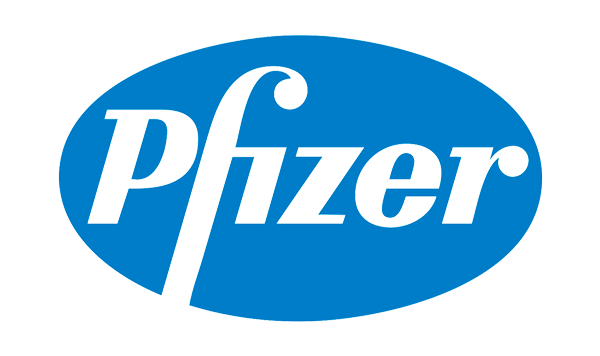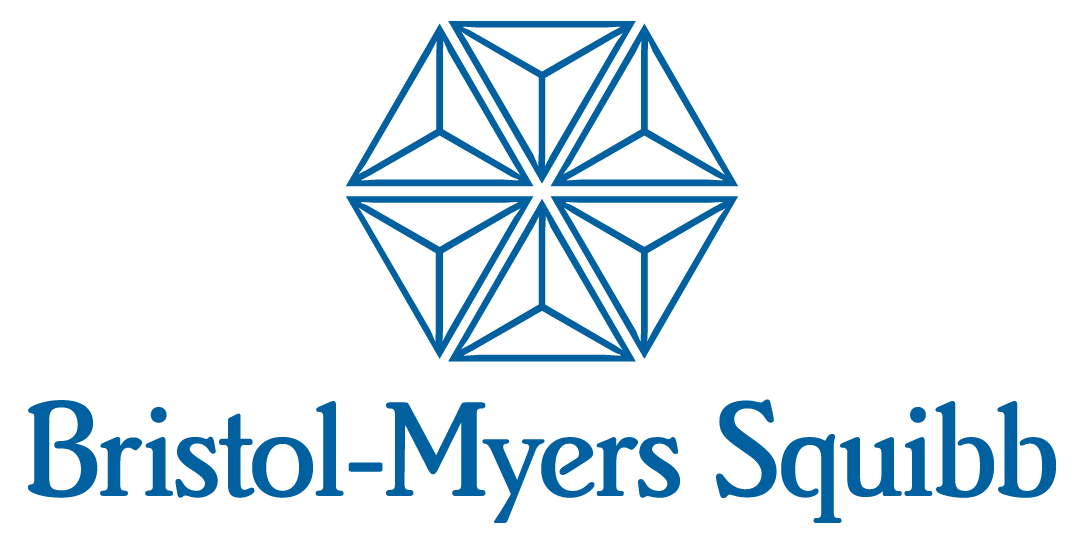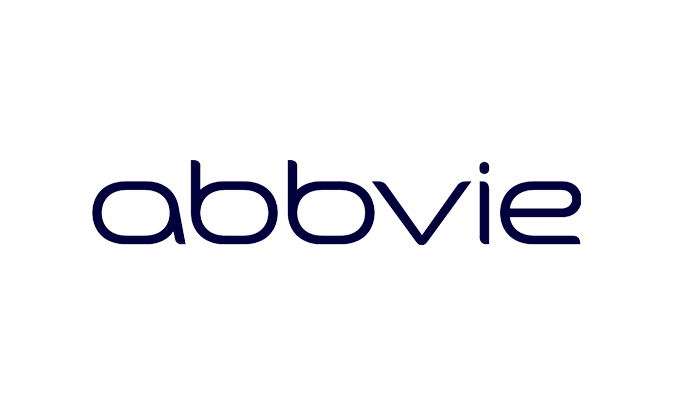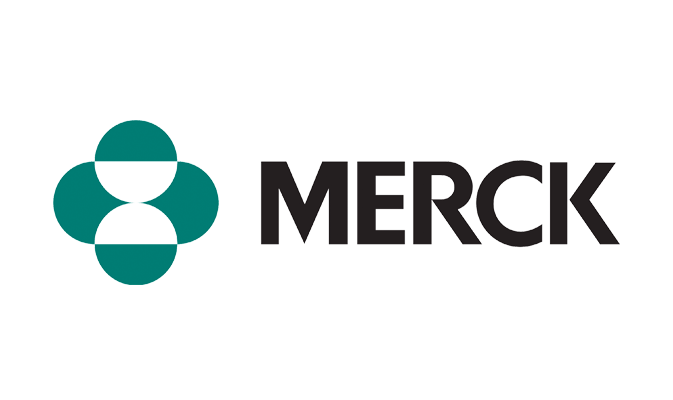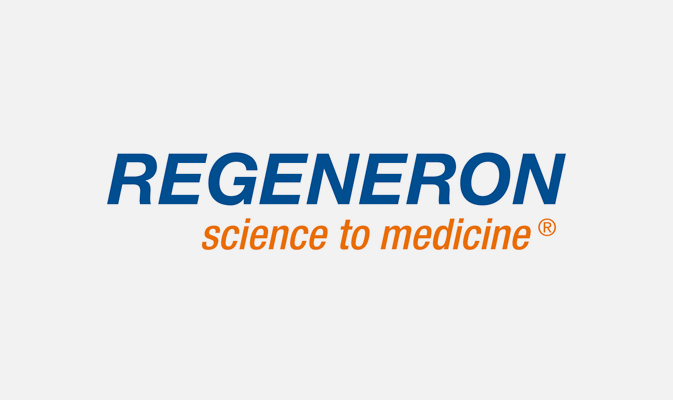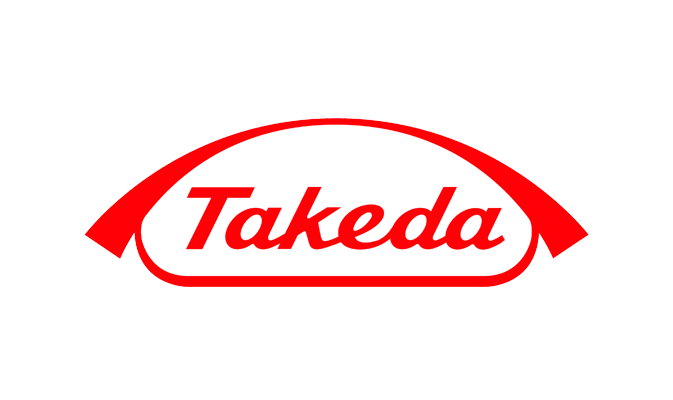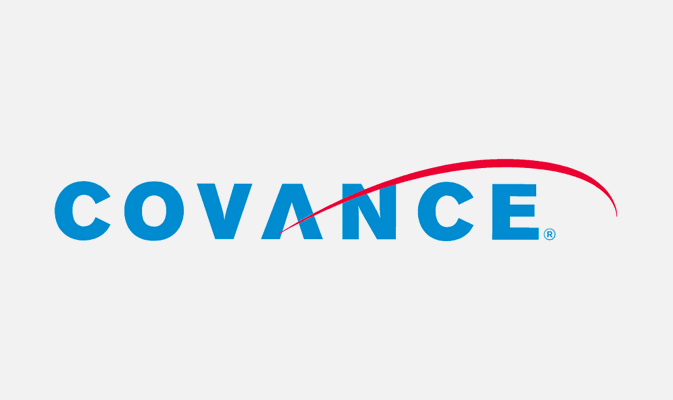ELISA
FluoroFinder’s antibody database includes a large selection of antibodies validated for ELISA. Side-by-side comparison of products from all suppliers is quick and easy. Request a quote and compare pricing in just a click. Avoid researching multiple websites to find the perfect antibody for your ELISA assay. Less time spent looking for products, more time dedicated to meaningful discoveries.
Antibody Search and ELISA
This technique is considered the gold standard for the identification and quantification of a soluble antigen in a complex liquid matrix, such as cell lysate or biological fluids. It is based on the ability of polystyrene plates to bind proteins. The method can also be used to detect peptides, antibodies, and hormones.
The capture of an antigen on a solid surface is followed by incubation with an antibody that specifically recognizes and binds to the target molecule. The detection is usually colorimetric and is accomplished by measuring the absorbance of the product of the conjugated enzyme activity. Quantitation can be achieved by building a standard curve with antibody or antigen dilutions. The detection antibody is often labeled with HRP horseradish peroxidase or AP Alkaline phosphatases. The most crucial element of the detection strategy is a highly specific antibody-antigen interaction.
Fluorescent immunoassays (ELFIA) are simply a variation of colorimetric ELISA. An enzyme converts a substrate to a product that fluoresces when excited by light of a particular wavelength. In comparison to the colorimetric ELISA, fluorescent immunoassays have a broader dynamic range, expanding the quantifiable concentration range.
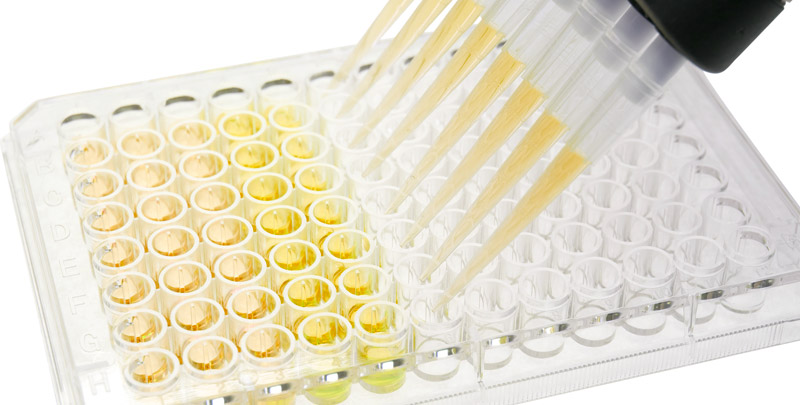
There are several different ELISA methods:
Direct ELISA
Detection is achieved with an antigen-specific antibody conjugated with HRP, AP, or a molecule for fluorogenic or chemiluminescent detection.
Sandwich ELISA
This requires two antibodies specific for different epitopes of the antigen. One of the antibodies is immobilized on the surface of a multi-well plate and used as a capture antibody. This binds to the target antigen contained in a liquid sample. A labeled antibody is then used for the detection.
Indirect ELISA
A primary antibody binds to the target antigen. A labeled secondary antibody is used for detection. The method can also be used to detect specific antibodies in a serum sample.
Competitive ELISA
The sample antigen is preincubated with an unlabelled primary antibody and added to a multi-well plated coated with the same antigen. The amount of antibody that is available to bind to the coated antigen depends on the concentration of antigen in the sample. A label secondary antibody is then used to quantify the free primary antibody.


